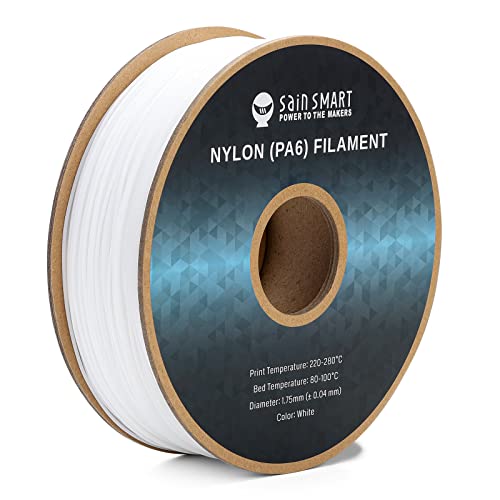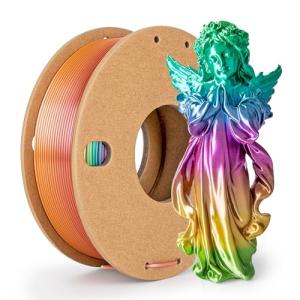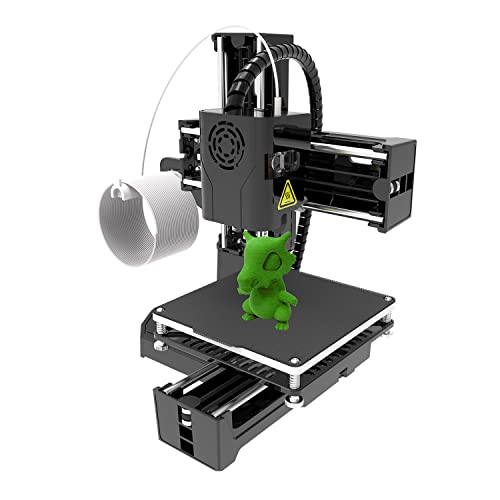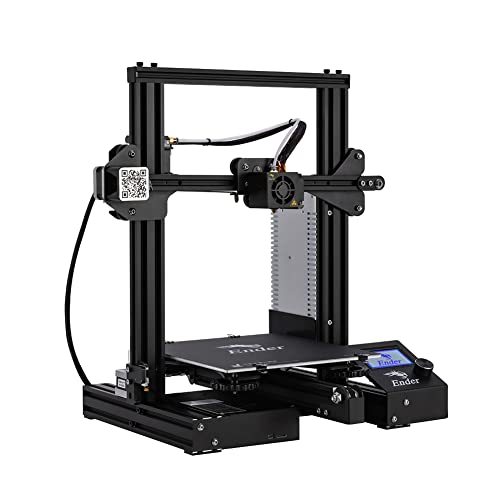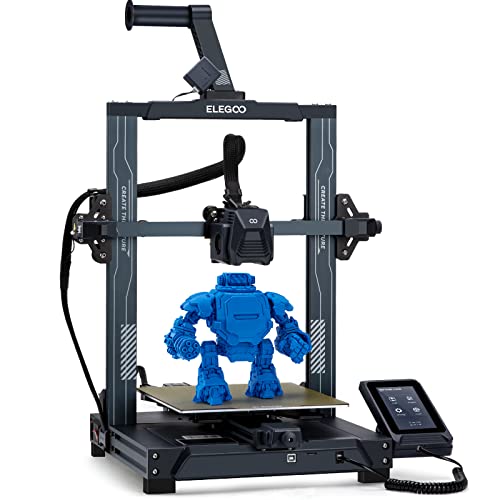If you’re new to the world of 3D printing, getting started is easier than you think! Home 3D printers have become super user-friendly, so you can dive right in without a ton of technical knowledge. The first step is picking the right printer for your needs. Whether you want to print toys, custom phone cases, or even home decor, there’s a printer out there just for you.
Once you have your home 3D printer, set it up in a space where you can work comfortably. Most printers come with detailed instructions, so follow those to get things running smoothly. Don’t skip the calibration step! It’s crucial for making sure your prints come out perfectly. A little time spent getting this right saves you frustration later on.
Next, you’ll want to choose your design software. Many printers are compatible with free programs like Tinkercad or Fusion 360. They allow you to create your own designs or modify existing ones. If you’re not feeling too creative, there are tons of sites where you can download pre-made designs. Just search for what you want, download it, and you’re ready to print!
Finally, get your materials sorted out. Most home 3D printers use PLA or ABS filament, which you can easily find online or at local hobby shops. Make sure to stock up, because once you start printing, you’ll likely want to keep going! With a bit of practice and experimentation, you’ll be amazed at the things you can create right at home.
Choosing the Right 3D Printer
First, think about the materials you want to print with. Home 3D printers can handle a variety of filaments like PLA, ABS, and PETG. If you’re just starting, PLA is a great choice because it’s easy to use and works well for most hobby projects. On the flip side, if you want something that has a little more strength and heat resistance, ABS might be your go-to.
Next up is the printer size. Consider the space you have at home. Do you have room for a larger model, or do you need something compact? Also, check the build volume, which is the max size of objects you can print. If you plan on making bigger projects like toys or even parts for home repairs, make sure to pick a printer that can handle that size.
Lastly, think about ease of use and setup. Some home 3D printers come mostly assembled, while others require a bit of tinkering. If you're new to 3D printing, look for models that are user-friendly and have good customer support. A community around the printer can also be a huge help when you run into questions.
SainSmart 1.75mm Nylon Filament for 3D Printers
High-quality nylon filament perfect for your 3D printers
Product information
$36.99 $33.29
Product Review Score
4.52 out of 5 stars
114 reviewsProduct links
Essential Accessories for Your 3D Printer
When you invest in home 3D printers, you want to make the most of your new hobby. Having the right accessories can really amp up your 3D printing game. Here are some must-have items that can help you create amazing stuff at home.
First off, quality filament is key. You’ll want to get different types depending on what you’re printing. PLA is a great starter option because it's easy to use and comes in vibrant colors. If you’re looking for something stronger, try ABS or PETG. They’re perfect for items that need to be more durable.
Don’t forget about a good toolkit! A set with tweezers, snips, and scrapers will help you clean up prints and get things just right. And a build surface or print bed adhesive can prevent prints from warping or coming loose, saving you headaches later on.
Finally, consider investing in a slicing software. Programs like Cura or PrusaSlicer let you fine-tune your designs before printing. This ensures your home 3D printers produce high-quality results every time. With the right accessories, you'll be turning your creative ideas into reality in no time!
Silk Rainbow PLA Filament 1.75mm for 3D Printers
Bring your 3D prints to life with vibrant colors and a smooth finish that's sure to impress
Product information
$5.69
Product Review Score
4.46 out of 5 stars
142 reviewsProduct links
Tips for Successful 3D Printing Projects
Getting into 3D printing can feel a little overwhelming at first, but a few simple tips can make your projects successful and fun. Home 3D Printers are awesome tools, and knowing how to use them right can take your creations to the next level. Let's dive into some practical advice!
First, always pick the right material for your project. Different filaments like PLA, ABS, or PETG have unique properties. PLA is great for beginners because it’s easy to work with and doesn’t warp easily. On the flip side, ABS can handle higher temperatures but might give you some warping fun if you’re not careful. Knowing your material can save you a lot of headaches down the line!
Next, calibrate your printer. A well-calibrated printer means better prints. Make sure your bed is level and the nozzle height is just right. Spend some time on this! It might take a bit, but getting your settings right will lead to smoother prints and less troubleshooting later.
Don’t forget about slicing software. This is where the magic happens! It turns your 3D design into instructions for the printer. Play around with settings like layer height and print speed. If you want a detailed look, go for a smaller layer height, but keep in mind that it might take longer to print. Experiment a bit to find what works best for your projects!
Finally, always stay patient. Even with the best Home 3D Printers, things can go wrong. It’s part of the process! Embrace the learning curve and keep an open mind. Each print helps you understand your machine a little better, so don’t be discouraged if something doesn’t turn out perfectly at first. You got this!
